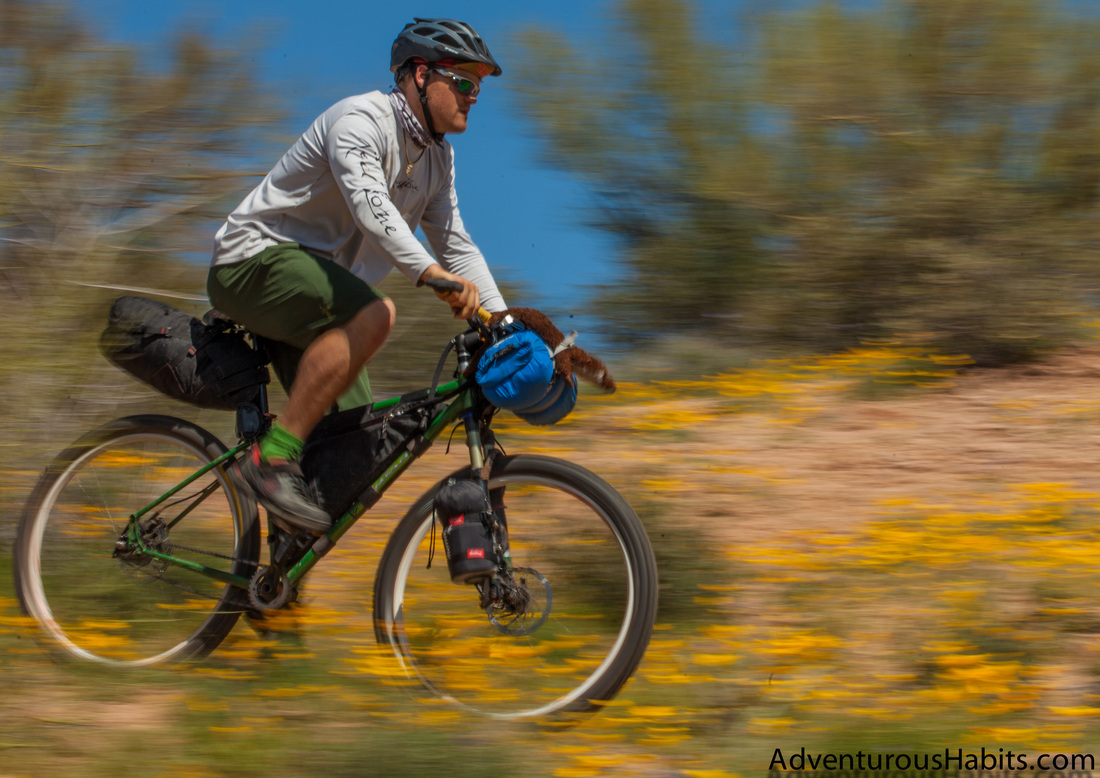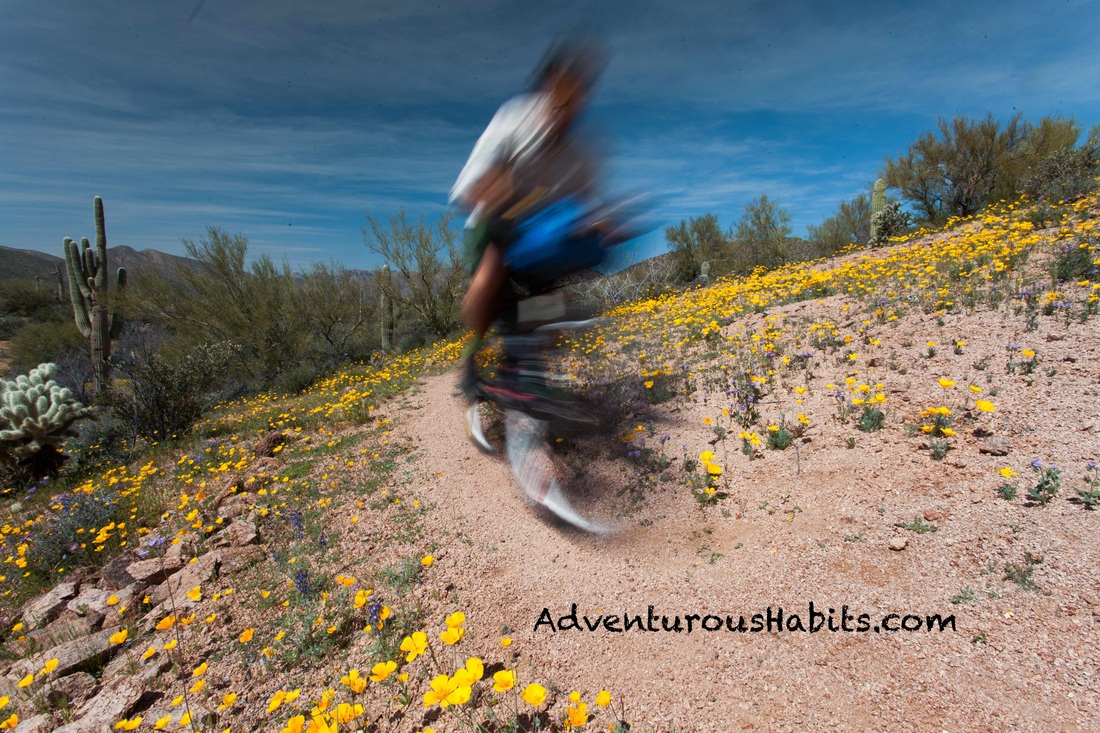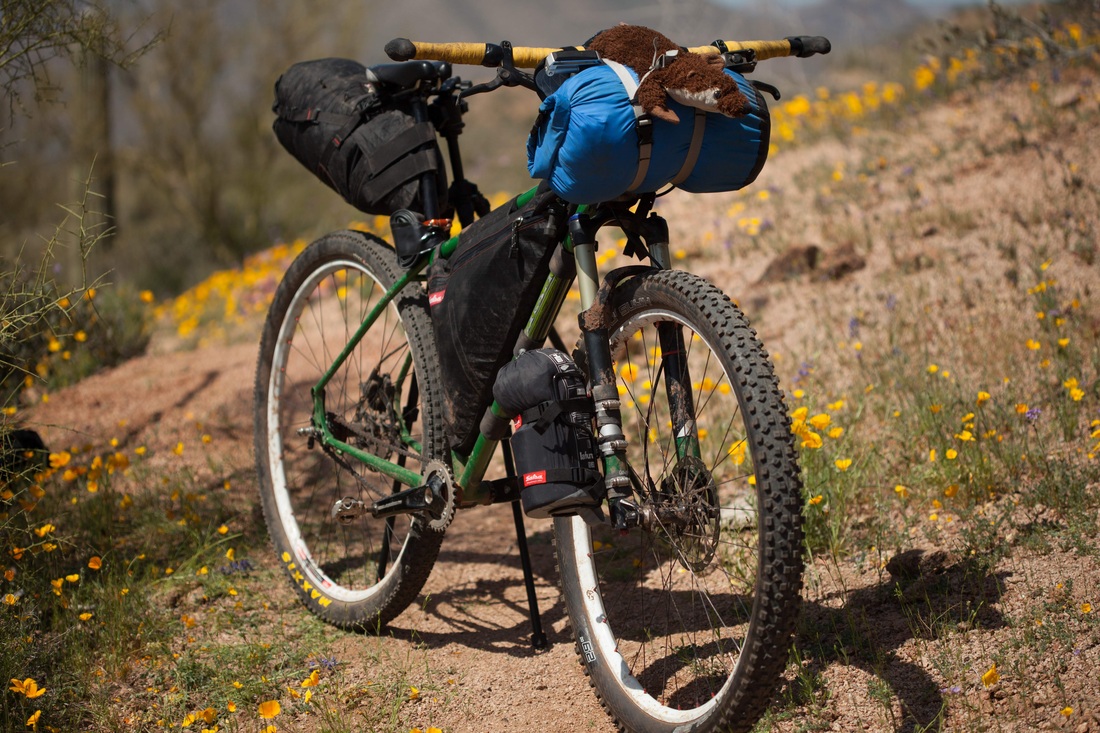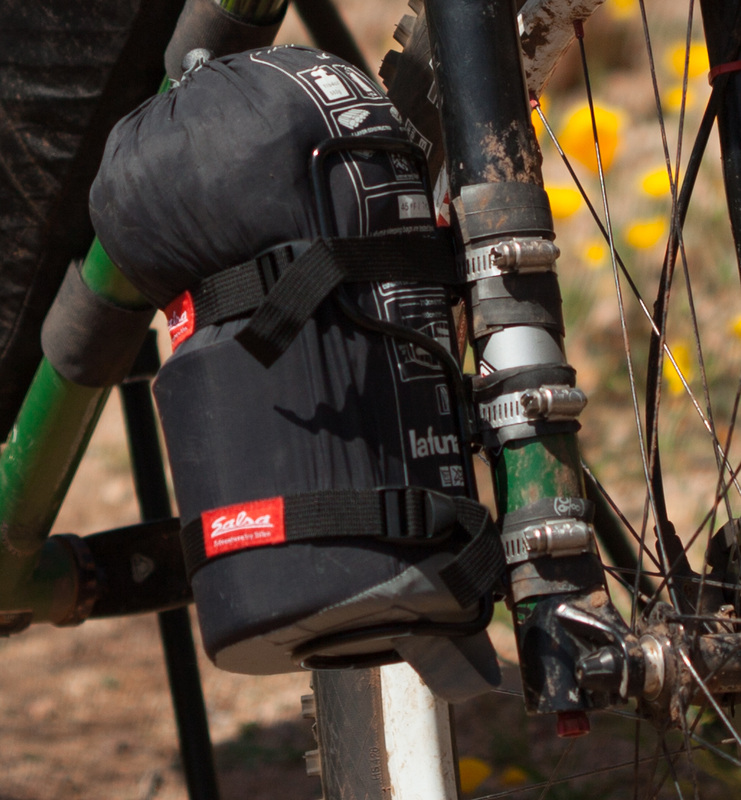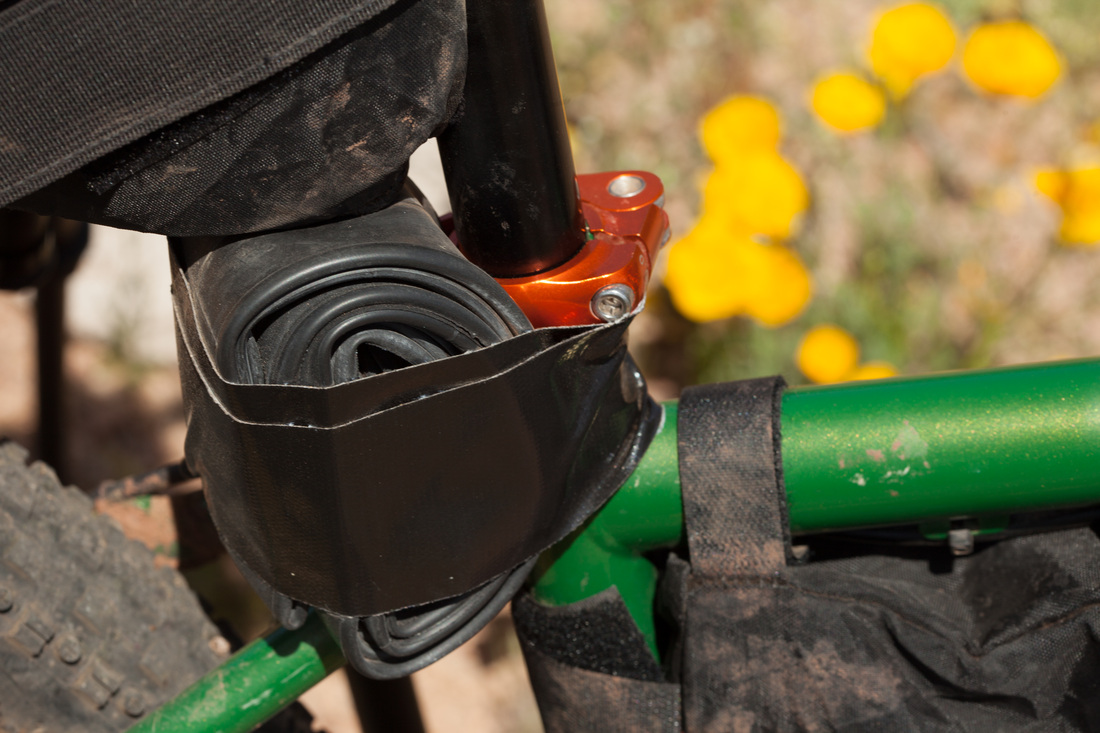But first: what is bikepacking, you may ask? Well, it is basically backpacking, but on a bike. Because you are riding, you can cover much more ground (and have a lot more high-speed fun!). Find any ride-able trails in your neck of the woods, load up your mountain bike with some camping gear, and head off into the wilderness for a few nights of escaping the modern comfort zone and enjoying the world! Check out this Fall Tour I did in Flagstaff!
This article seeks to introduce you to bikepacking should you have never done it before. The finer points of bikepacking and tips for packing lighter, building your bike better, and making your trip more successful are found in the next article, Advanced Bikepacking Skills and Tools.
After you have checked to make sure you do indeed own a working bike, the next step is finding a trail that you like and that suits you. The beauty of bikepacking is that you can ride on either the road or the trails, so connecting trails via a section of road is no problem. You can't say the opposite of that for a road tour! When I am searching for trails, I use several resources:
- Bikepacking.net - Great resource for epic routes
- Singletrack.com - They often blog about cool routes
- Bikeovernights.org - More road stuff, but a few good singletrack rides in there!
- Local trail maps - Creating your own route is so satisfying!
After your first trip, you can get very fancy in terms of what types of gear you use to carry your equipment. For this trip, get creative! Here are some ideas:
1. Strap your sleeping bag or pad onto the front of your handlebars using a bit of webbing (the non-tubular kind) and buckles from your local sports store.
You can use a dry bag on the outside of the item to ensure that it stays compact and dry. In the past, I have even connected the top pouch of my backpack to the handlebars over my dry bag - this allows me to have an easy-access compartment right on top of my bike and I rather enjoy the setup.
It is important to note that YOU CANNOT PUT TOO MUCH WEIGHT ON THE CAGE if you are doing this. Three pounds should be about the maximum, as I do know people who have had the cage move and enter their front spokes at high speed, causing them to crash. So, use good judgement when creating these and use them at your own risk.
4. Finally, use the ultimate tool: Duct Tape. Get stuff on anywhere you can that is out of the way!

